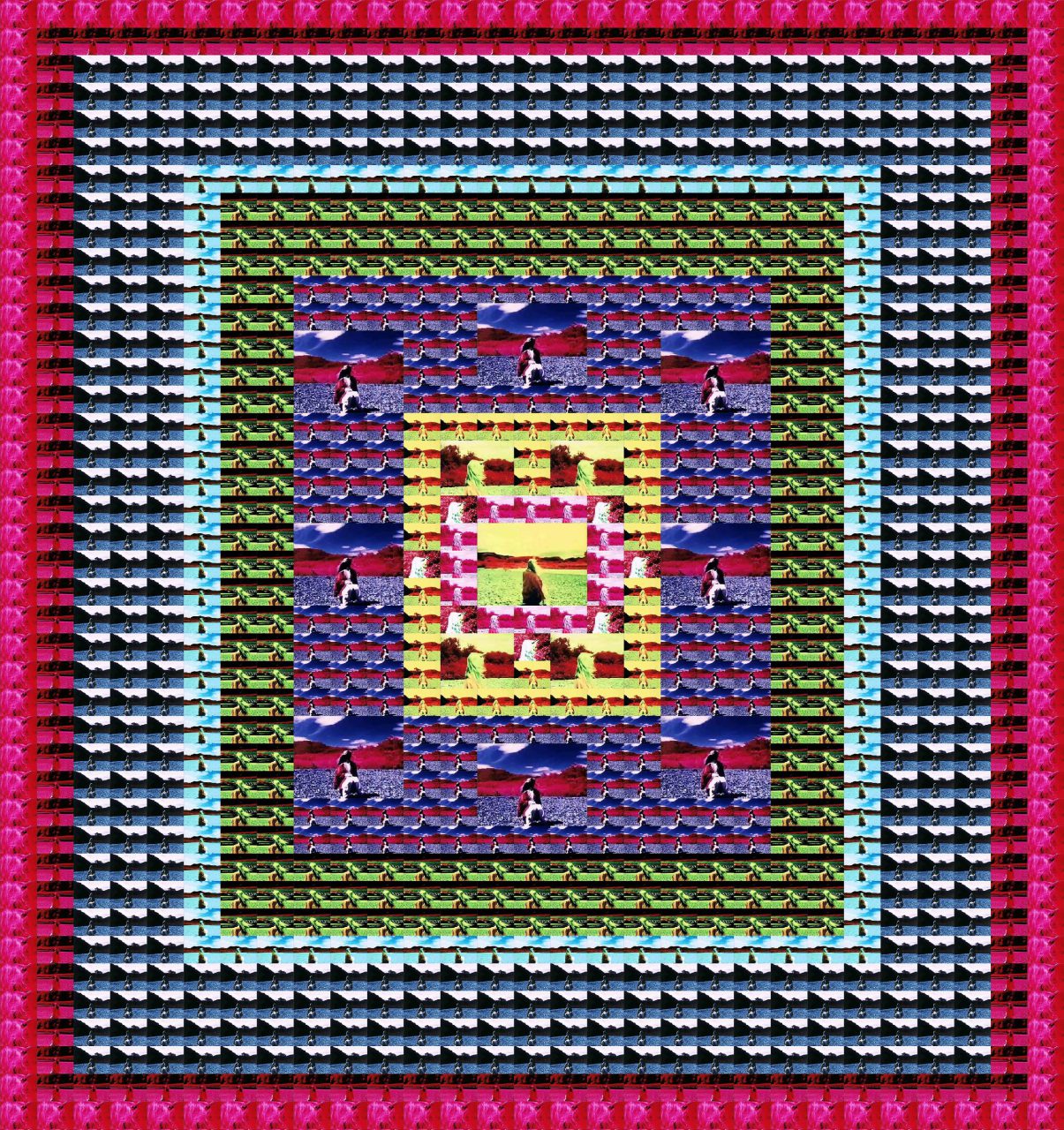Opening Reception | EVERYTHING VISIBLE IS EMPTY
Aki Onda
Empty Gallery is pleased to present Toshio Matsumoto: Everything Visible Is Empty, a retrospective exhibition of the late experimental filmmaker and visual theorist, examining arguably his most fertile artistic period: the years 1960 to 1979. Emerging from the same post-war creative ferment as counter-cultural figures like playwright Shuji Terayama, pop artist Tadanori Yokoo, and novelist Yukio Mishima, Matsumoto’s work remains strikingly relevant today – both for its precocious formal experimentation and its commitment to a deeply personal vision of radical politics.
For this exhibition, Empty Gallery has worked closely with the late artist’s archivist in order to present a selection of rarely screened works including Matsumoto’s early documentaries Nishijin and Song of Stone, his landmark expanded cinema work for three projectors, For The Damaged Right Eye, and a selection of his influential abstract short films – all in newly restored versions. Eschewing an organizational approach based on stylistic or chronological development, Everything Visible Is Empty instead seeks to embrace Matsumoto’s critique of “the visible” as a structuring principle, presenting an arrangement of works from different eras and contexts which are nevertheless connected through their shared inquiry into the social construction of history and the agency of the subject within this construction. Considered by no less an authority than new-wave director Nagisa Oshima as his only rival for aesthetic and ideological influence within Japan’s dynamic scene of post-war image makers, Toshio Matsumoto’s films and theoretical writings form an essential but often overlooked contribution to the global history of experimental film and video art which has only just begun to be re-evaluated in recent years.
For the opening reception, NYC-based sound artist Aki Onda will present a performance titled “For Toshio Matsumoto” in which he appropriates and improvises with visual and aural fragments from Matsumoto’s films, processing and reinterpreting these materials as a form of homage to and communion with his artistic legacy as a pioneer of intermedia art.
